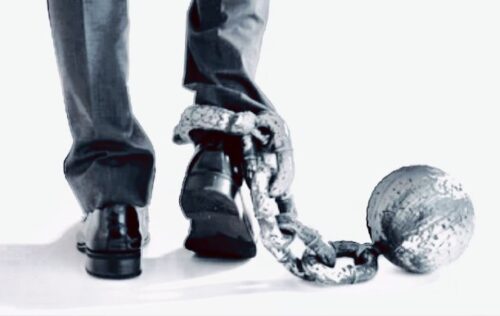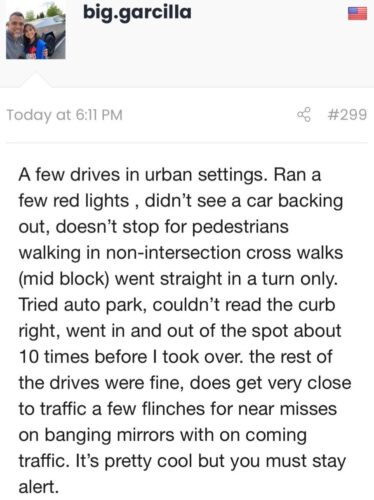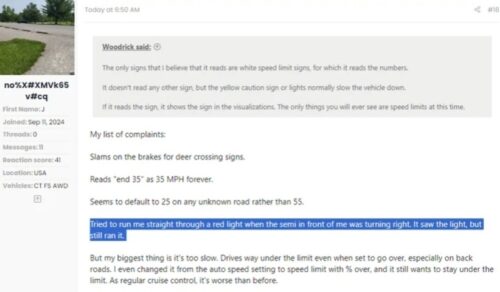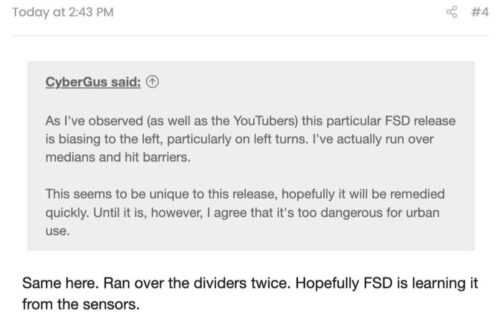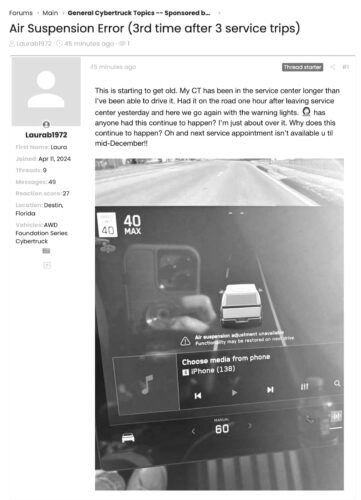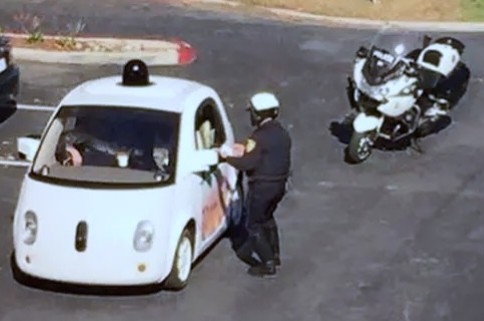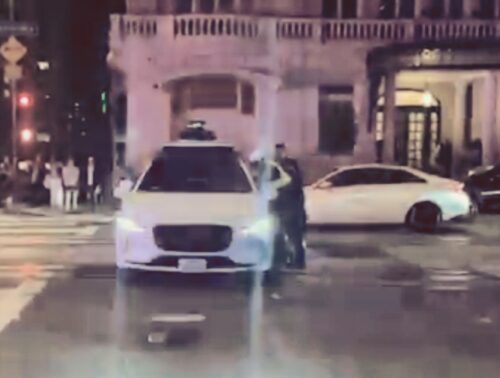As someone who watches the constant drumbeat of Tesla owners losing court battles, almost as fast as their passengers losing their lives, I have noticed certain names frequently top the list.
My suspicion is some cultures are more susceptible to a particular aspect of Tesla fraud. They believe excessive waste to buy a cheap car brand (substandard parts that cost Tesla $4 to make are sold by them for $900) elevates their sense of privilege — they then intentionally use a bogus “token” vehicle to flaunt or ignore traffic laws, as well as laws of physics.
Notably, the accused in this NZ news story attempted to argue the absolutely weakest possible defense:
Singh contended he wasn’t sleeping, but still appealed the dangerous driving conviction on the basis that he can’t have been driving…
He argued he was not, not driving (double negative = driving), but also that he was not driving. He didn’t claim to be innocent as much that he thought he should be allowed to be a criminal.
Driving while not driving?
As if anyone should be allowed to exist in an “untouchable” criminal state of … X.
And not surprisingly, the courts declared his bunk a fool’s gambit.
High Court judge Justice Matthew Downs disagreed in a decision released last month.
Singh’s cause for conviction wasn’t whether he fell asleep or not, but that he … had not seen what was happening around him in the car, which he did not, Downs said.
Singh also appealed on the grounds that he couldn’t have been guilty of failing to stop for police when he didn’t know he was meant to stop, he wasn’t avoiding stopping, and when he did notice the lights and sirens, he pulled over.
Once again, Downs disagreed.
“Mr Singh’s failure to stop was clearly due to his own fault.”
To be fair, Tesla didn’t see what was happening around the car. Tesla is an abject failure of engineering. A total fraud, claiming to have driverless cars based on “vision”, yet blind to high visibility vehicles with flashing lights SINCE 2016.
It’s unfortunate the courts still aren’t ready to hold Tesla accountable for telling customers they can sleep while operating a car.
Related: California just passed a law that says autonomous cars (road robots) must immediately obey police orders.
